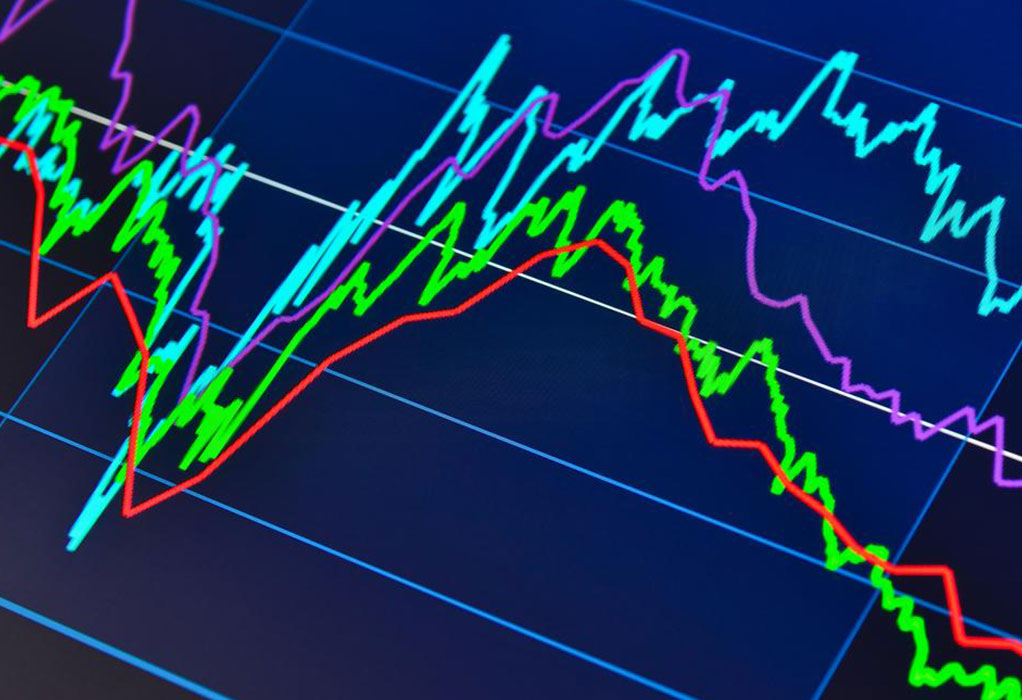Comprehensive Guide to Choosing the Best High-Yield Dividend ETFs for Reliable Income
This comprehensive guide explores how investors can effectively select top high-yield dividend ETFs. It covers the key features, dividend distribution methods, tax considerations, advantages, and strategies for choosing ETFs aligned with their financial goals. Ideal for conservative investors, retirees, and income-focused individuals, the article emphasizes diversification, stability, and risk management in ETF investments for consistent income and long-term growth.

Effective Strategies for Selecting Top High-Yield Dividend ETFs
As the investment landscape evolves, many investors are increasingly focusing on high-yield dividend exchange-traded funds (ETFs) as a dependable source of income. These investment vehicles are designed to mimic dividend-focused indices by investing predominantly in stocks that pay substantial dividends. The appeal of high-yield dividend ETFs lies in their ability to offer stability, consistent income streams, and reduced investment risk, especially during volatile market periods. Understanding the intricacies of how these funds operate and their benefits is essential for investors aiming to diversify their portfolios and achieve financial growth.
Defining High-Yield Dividend ETFs: What Makes Them Unique?
High-yield dividend ETFs distinguish themselves from other types of investments primarily through their focus on stocks that offer high dividend payouts. Unlike growth-oriented or index ETFs that prioritize capital appreciation, these funds concentrate on stocks with strong dividend histories and high dividend yields. They are particularly attractive for conservative investors, retirees, or those seeking regular income with less exposure to market fluctuations. Knowing their structure, composition, and strategic goals helps investors make better-informed decisions aligned with their financial objectives.
These ETFs typically invest in stocks that consistently pay dividends and are components of a carefully selected dividend index, primarily focusing on high-yield stocks.
They often employ broad or sector-specific strategies to include companies with a track record of dividend growth, low volatility, and stable cash flows.
High-yield dividend ETFs are ideal for risk-averse investors who prioritize income generation over capital gains.
Understanding Dividend Distribution in ETFs
Dividends earned from ETF investments are credited directly to your brokerage account, similar to stocks or mutual funds. Additionally, many ETFs offer automatic dividend reinvestment plans, allowing investors to purchase additional shares using dividends earned, although this may involve brokerage fees.
Each time you buy more shares, transaction costs apply, but reinvesting dividends can compound your investment returns over time, contributing to portfolio growth.
Tax Considerations When Investing in High-Yield ETFs
Dividends received from ETFs are subject to taxation, with rates varying based on whether they are classified as qualified or unqualified dividends. Qualified dividends typically benefit from lower tax rates if the investment meets certain holding period requirements.
Unqualified dividends, often from Real Estate Investment Trusts (REITs), short-term mutual funds, or certain bond funds, are taxed at your ordinary income rate, which may be higher.
Advantages of Investing in High-Yield Dividend ETFs
Investing in high-yield dividend ETFs offers numerous benefits, including a steady income stream, reduced risk compared to individual high-dividend stocks, and diversification across multiple companies and sectors. These funds provide stability and can serve as an inflation hedge, especially for retirees and income-focused investors. Selecting ETFs with a consistent history of paying dividends, low expense ratios, and minimal risk of dividend cuts is crucial for maximizing your investment benefits.
How to Choose the Most Suitable High-Dividend ETF
Evaluate your overall financial situation, investment goals, and risk tolerance thoroughly. It is essential to align your choice of ETFs with your long-term objectives and current financial standing.
Conduct comprehensive research on potential ETFs, analyzing their dividend history, expense ratios, underlying holdings, and past performance. Use reputable financial sources and tools to compare different options.
Stay vigilant by regularly reviewing your ETF investments to adapt to market changes, economic trends, and personal financial needs. Consulting financial advisors can provide personalized guidance tailored to your specific circumstances.
For investors seeking reliable income streams, high-yield dividend ETFs present a compelling choice. By understanding their structure, dividend distribution process, tax implications, and benefits, investors can strategically build a resilient and income-generating portfolio that withstands market volatility.




